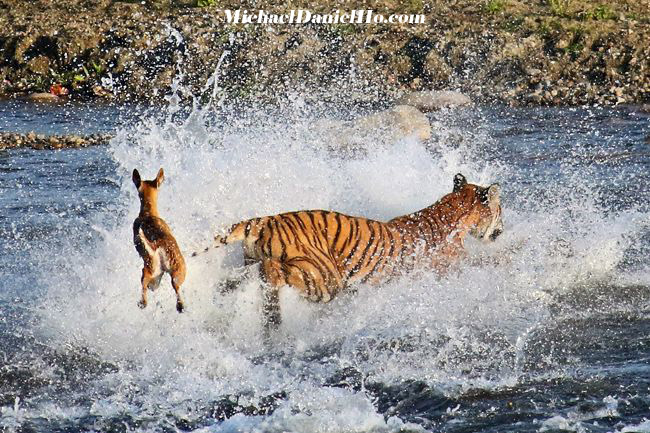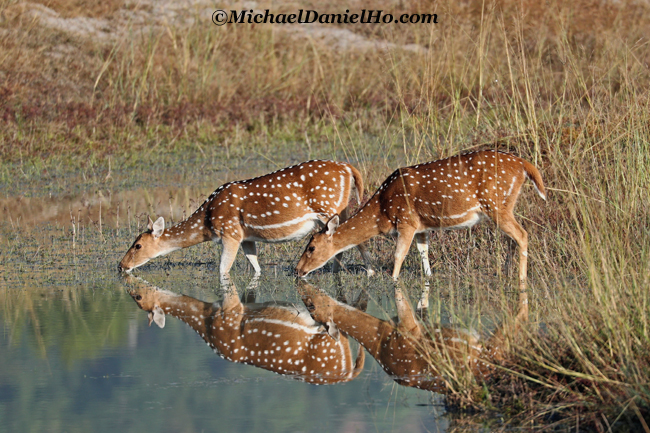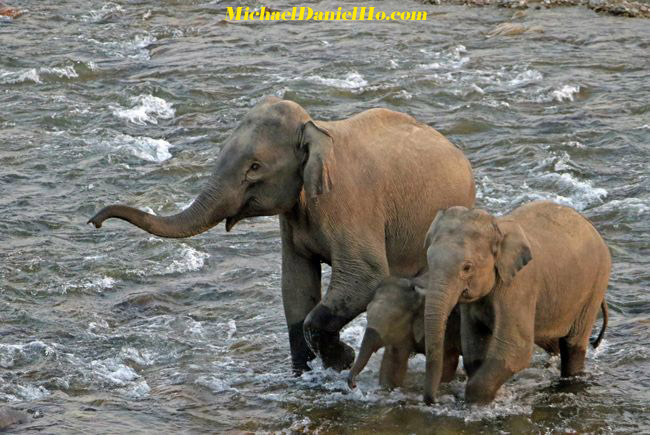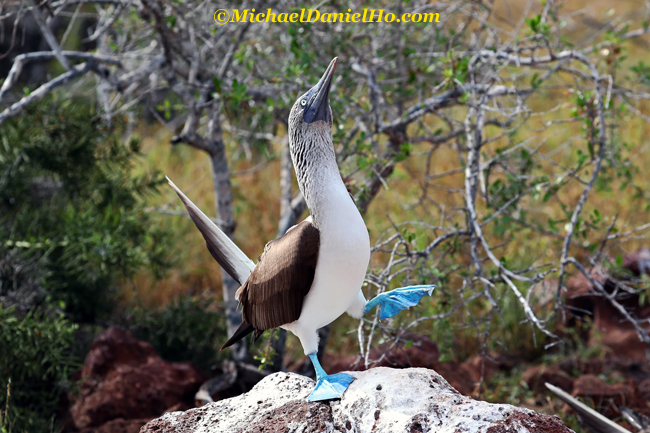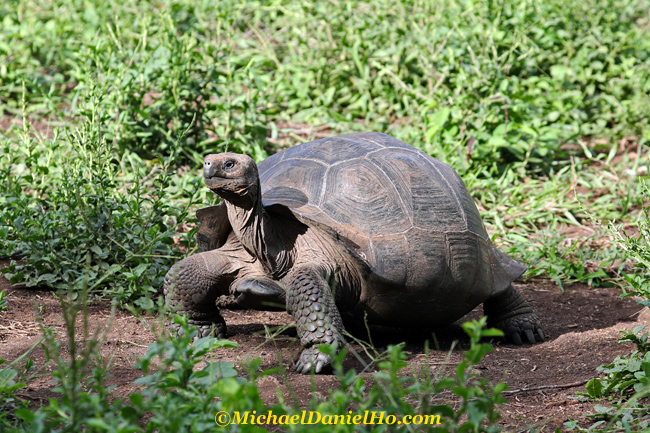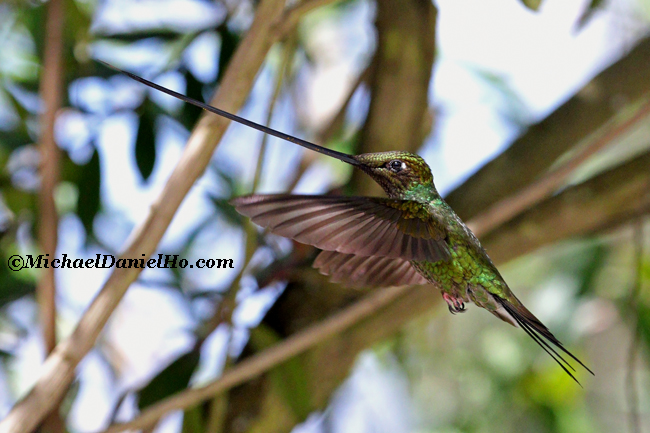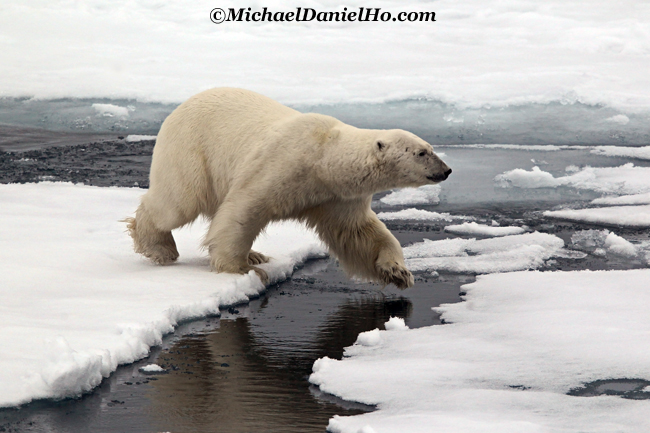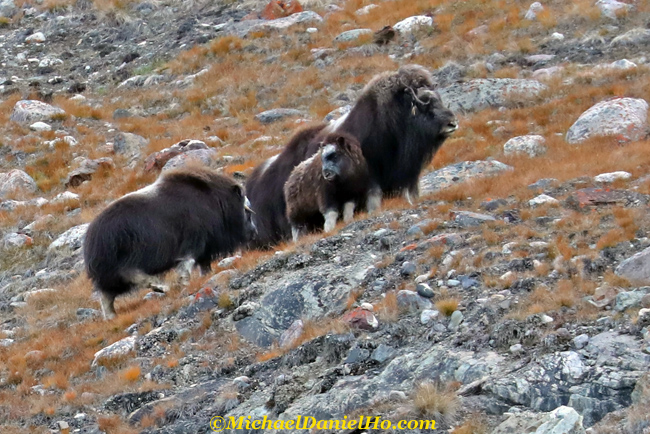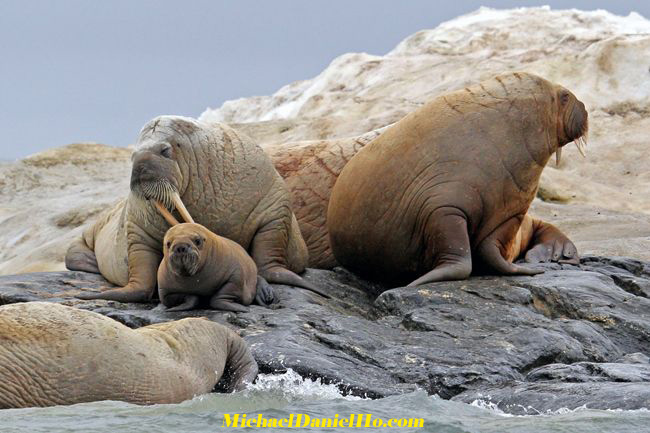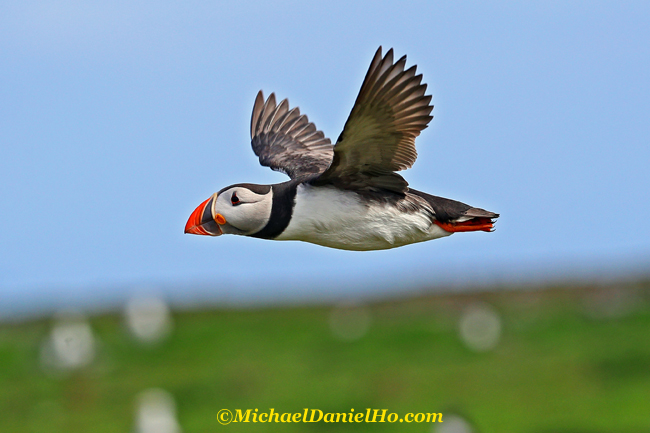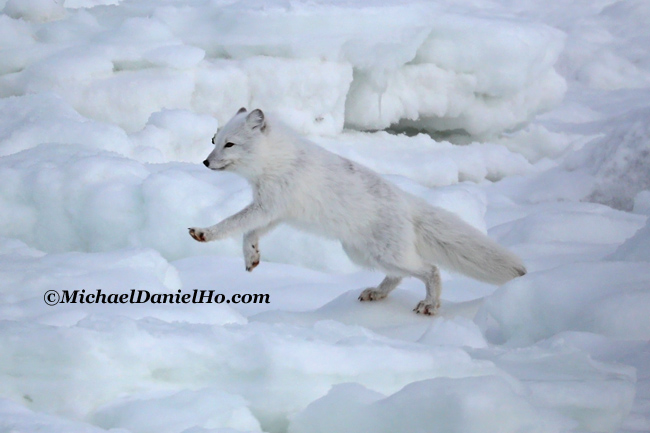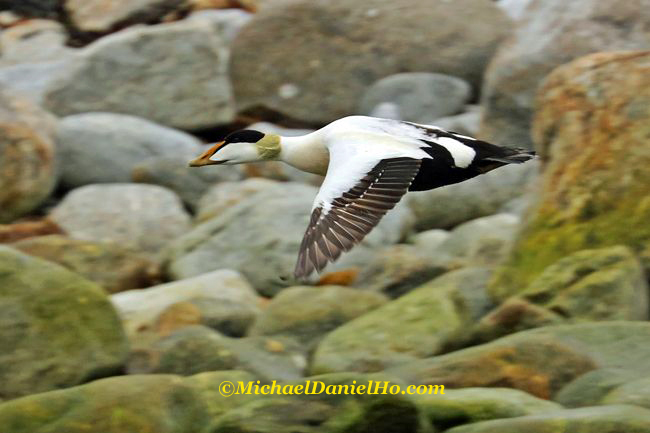One of the things Mike enjoys most, besides taking photographs, is taking people along with him to some of his favorite locations. Sharing the experiences he loves with others is very fulfilling. For 2019, Mike will open up three of his photo safari tours to fellow wildlife enthusiasts and photographers and have up to six participants join him on his travels. First trip will be to India to find Bengal tigers, Asian elephants, Sloth bears and numerous bird species.
Second trip goes to Ecuador and the Galapagos and the third trip takes us to the pristine wilderness of the high Arctic, East Greenland and Iceland.
There are no cost to accompany him on his tours. Participants pay their own way and if they choose to do so, they are welcome to use the travel providers Mike is utilizing to facilitate his trips. Please contact him if you would like to join Mike on these adventures and share some of his and your travel tales and experience in photographing wildlife.
You can subscribe to Mike on
Facebook ,
Instagram ,
Twitter
and his
Blog to follow his travels.
India -- February 2019
India is one of the most interesting countries Mike has visited in all his years of traveling. It is a land of controlled chaos, teaming with sights and sounds, plus a profusion of cultures and races. The country is also rich in wildlife, with hundreds of species of birds, plus endangered Bengal Tigers, Leopards, Asiatic Lions, Rhinos, Elephants, Sloth Bears and Gaurs. This wildlife safari trip will last about 16 days and Mike plans to search for all the above animals. Winter is a good time to go wildlife watching in India because the water from the monsoon will be dissipated by then and the weather will be hot but not unbearable and the animals usually congregate around water holes, thereby maximizing sightings.
The majestic Bengal Tiger is one of the most evocative animals to witness and photograph. India is fast becoming an industrialized nation and the countryside and wildlife habitat are rapidly giving way to rampant development. Tigers and other wildlife are forced to compete for space with dense human populations, face unrelenting pressure from poaching, retaliatory killings and habitat loss across their range. Although India is a far away destination for most people residing in The Americas and Europe, it is truly a fascinating country that stimulates the traveler's imagination and curiosity with its rich heritage and legacies.
Click on the Tiger page images to see exciting photos from past trips.
Ecuador and the Galapagos -- May 2019
In 1978, UNESCO designated the Galapagos Islands as the first World Heritage site.
The movie Captain and Commander was filmed on the islands of Bartholomew and Santiago.
The name 'Galapagos', is an old Spanish word for 'saddle', and was originally used by Bishop Tomas and his crew to describe the giant tortoises but the name stuck.
The convergence of three major oceanic currents brings an incredible mix of marine life to Galapagos.
Ecuador has as many microclimates and for 2 weeks we will devote most of it to photographing the wildlife, Red-footed bobbies and Hummingbirds to Giant tortoises and marine Iguanas, plus everything in between. From waterfalls to cloud forests to spectacular volcanoes, this tour will take in the best Ecuador has to offer.
Toucans and Hummingbirds are two of my favorite bird species and there should be plenty of them down there. Hummingbirds belong to the family of birds known as Trochilidae. They are among the smallest avians, most species measure about 3 to 5 inches in length and generally weigh between one to two tenth of an ounce. The smallest is the Bee Hummingbird and the largest is the South American Giant Hummingbird, which can weigh about an ounce.
Click on my Hummingbird
and Bird Photography
page to see more photos from previous trips.
Svalbard, Greenland and Iceland -- September 2019
Northeast Greenland National Park is the world's largest national park and the largest protected land area. Established in 1974 and expanded to its present size in 1988, it protects about 375,000 square miles of the interior and northeastern coast of Greenland and is bigger than all but twenty-nine countries in the world.
Svalbard is an archipelago in the Land of the Midnight Sun, deep inside the Arctic Circle. In the summer months, there is 24 hour daylight and the weather and seas can be unpredictable. It can range from a blustery, snowy day with 40+ knots winds to sunny, T-shirt weather the next.
The wildlife in Svalbard and East Greenland is diverse. There are Polar bears and Musk oxens, together with indigenous herds of Reindeer. Arctic foxes and hares, Atlantic Walruses, many species of whales, dolphins, seals and pelagic birds can be found among the ice floes, cliffs and numerous islands and fjords.
We will go on an expedition ship in search of Polar bears and other Arctic wildlife. The unpredictable pattern of ice flows and weather conditions will be a challenge for the ship's captain and photographers and their equipment but the Arctic scenery, replete with glaciers and ice cliffs are so spectacular, one will be too engrossed to worry about the rough seas and temperatures, if one is properly dressed. We end our adventure in Iceland, the Land of Fire and Ice.
Take a look at the
polar bear
photos from my previous trips.
|

 Info@MichaelDanielHo.com
Info@MichaelDanielHo.com
